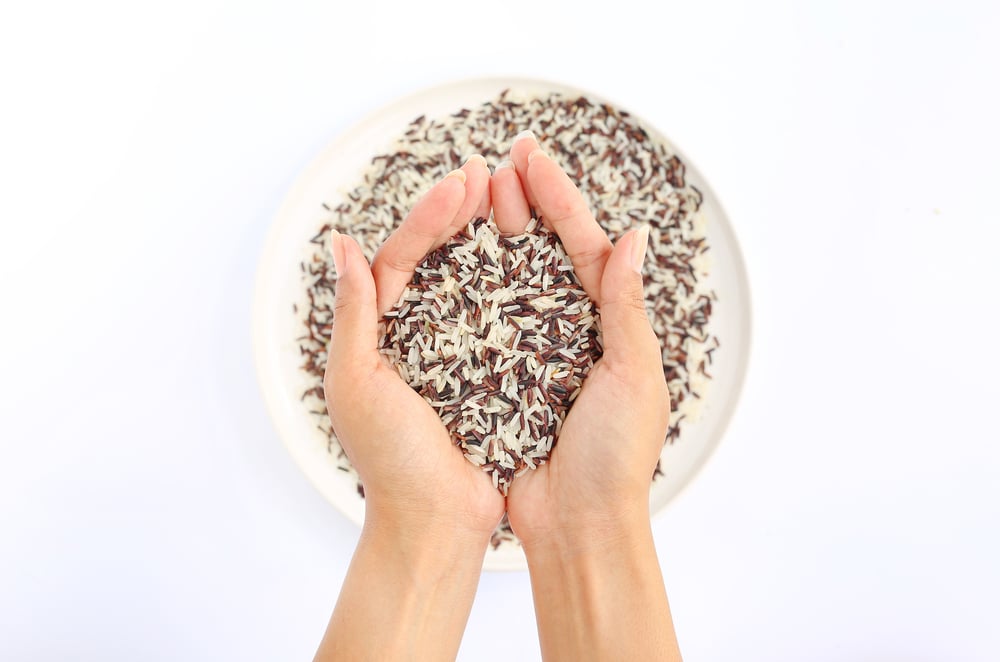Brown rice is much healthier than white rice, here's the reason

When people eat brown rice, you will definitely guess if they are on a diet. Brown rice is often claimed to help you lose weight. What makes brown rice always believed to be better than white rice?
Is it true that the nutritional content of brown rice is better?
Brown rice is often used as an alternative to staple food besides white rice. Even brown rice is used as the main intake for those who are dieting or living a healthy lifestyle.
Do you know what are the differences between brown rice and white rice in terms of nutritional content? This is the answer.
1. The fiber is higher
Brown rice is considered to be one of the most nutritious types of rice, due to its production process without removing the skin. One glass of brown rice contains 218 calories, 4.5 grams of protein, 1.8 grams of fat, 3.5 grams of fiber, and 45.8 grams of carbohydrates.
Meanwhile, with the same portion, white rice contains 242 calories, 4.4 grams of protein, 0.4 grams of fat, 53.2 grams of carbohydrates, and 0.6 grams of fiber. Brown rice has a higher fiber content with lower calories when compared to white rice.
2. More vitamins
Brown rice is a good source of thiamine, niacin and vitamin B6. One serving of brown rice contains 0.2 mg of thiamine, 2.6 mg of niacin, and 0.3 mg of vitamin B6.
Some of the white rice sold in the market now adds B vitamins that are generally lost during processing. This B vitamin is important for maintaining healthy skin and hair.
3. The mineral is richer
Each serving of brown rice can provide 86 mg of magnesium (22% of the recommended daily intake) and 150 mg of phosphorus (15% of the recommended daily intake).
Meanwhile, white rice ‘only’ contributes 24 mg of magnesium and 69 mg of phosphorus. Magnesium is important for maintaining immune, cardiovascular and nervous function.
While phosphorus is needed to maintain healthy kidney function, bones and teeth.
4. Lower glycemic index, good for controlling blood sugar
Based on the journal published in the International Journal of Food Science and Nutrition in 2006, those who eat brown rice have lower blood sugar levels after eating when compared to white rice.
Why? This is because the glycemic index of brown rice is lower (55) when compared to white rice (86). This is due to the higher content of fiber, polyphenols and phytic acid in brown rice.
The glycemic index is the ability of a food to increase sugar levels in the blood. A low glycemic index indicates these foods are healthier and safer for diabetics to eat.
By replacing your white rice consumption with brown rice, according to research published in the Archives of Internal Medicine in 2011, your diabetes risk can decrease.
5. Less calories, effective weight loss
Replacing white rice that you normally consume with brown rice can help you lose weight, because it contributes less calories.
In addition, brown rice has a higher fiber content so it can make you full faster and not overeat.
However, eating brown rice cooked from rice every day will not automatically make you slim. Because in losing weight, you need to consume fewer calories and burn more calories through exercise.
Hello Health Group and Hello Sehat do not provide medical advice, diagnosis or treatment. Please check our editorial policy page for more detailed information.